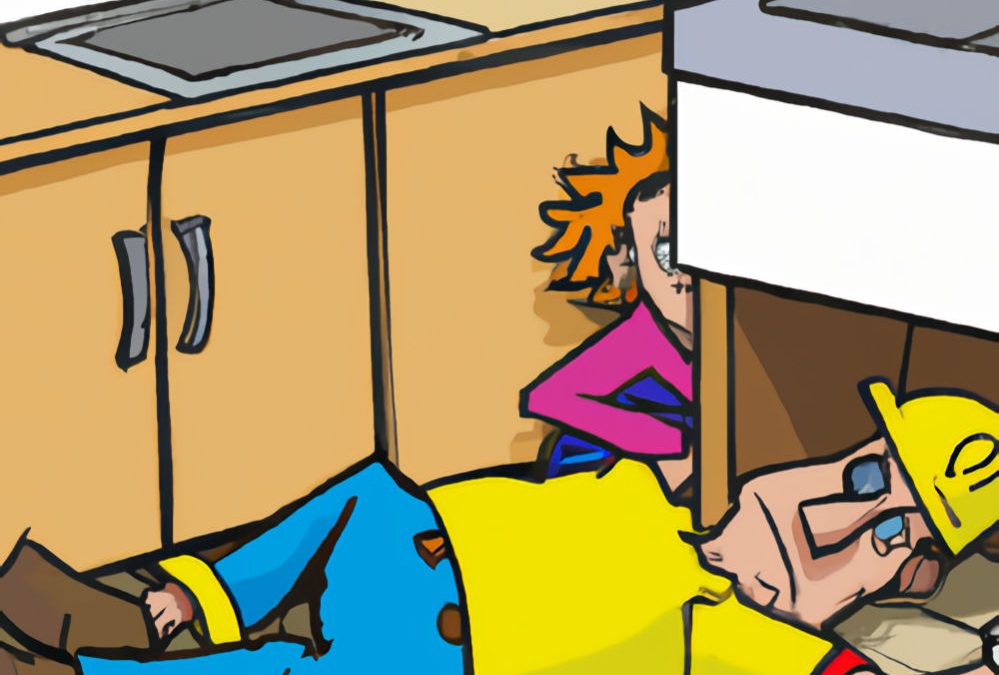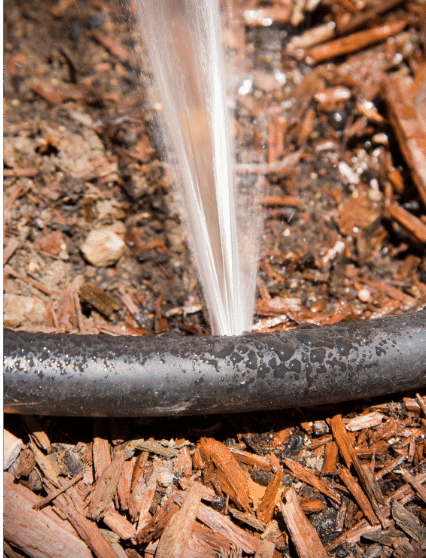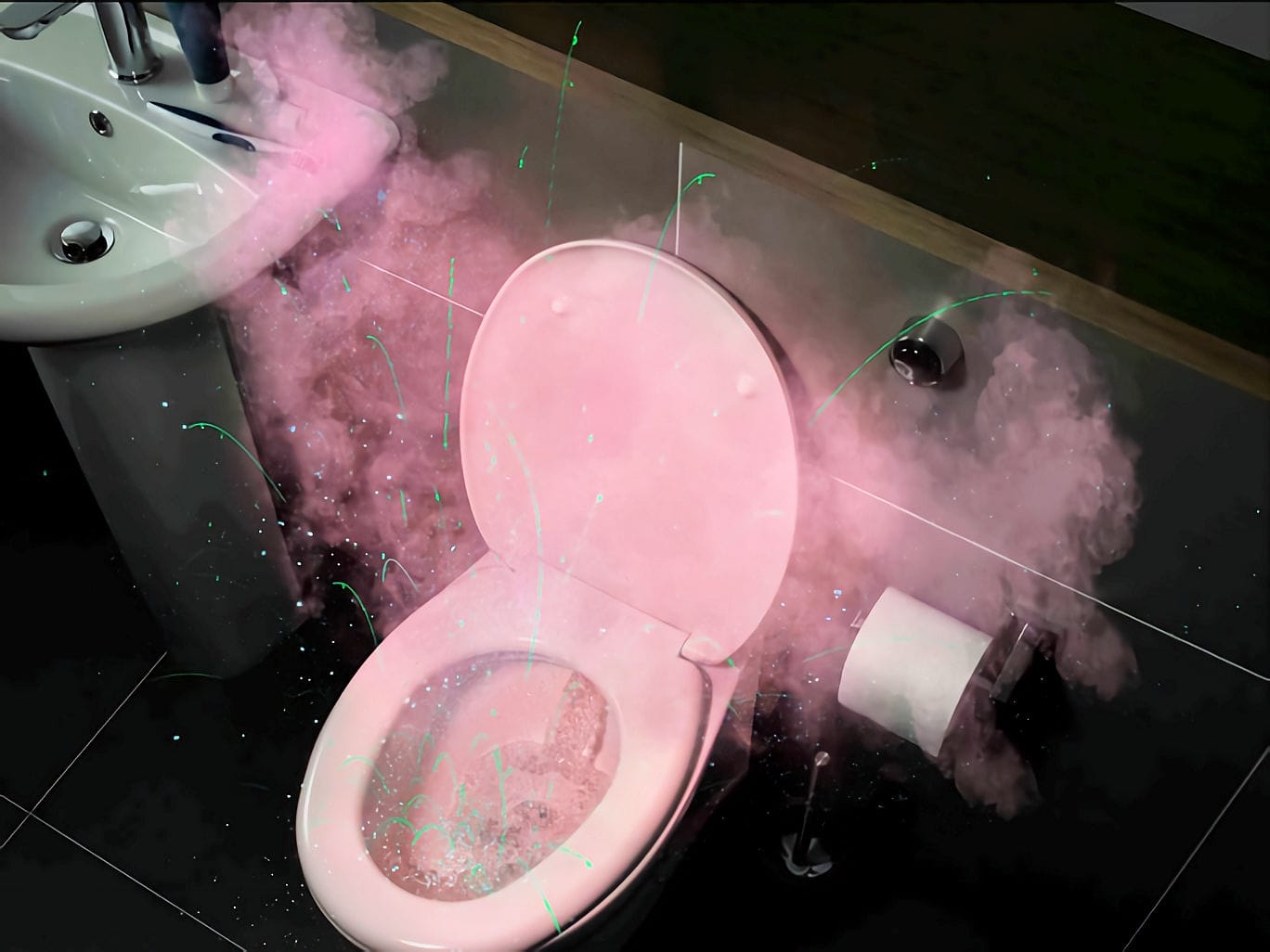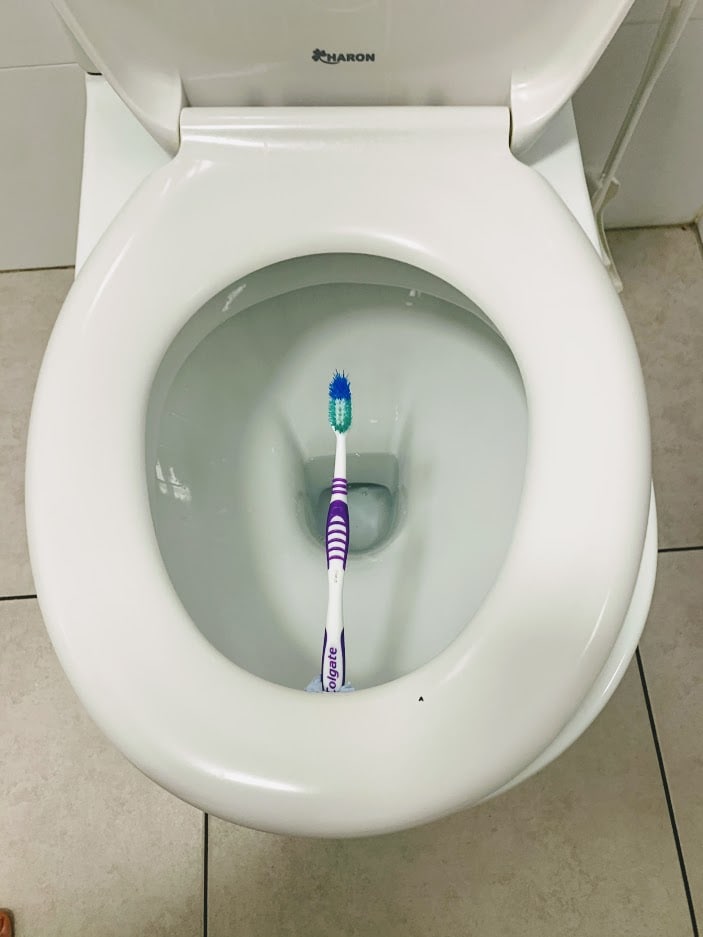
Commendation of Exceptional Service from Whywait Plumbing
Whywait Plumbing Receives High Praise for Exceptional Service
Below is an email I received from a client yesterday, which got me thinking once again about how critical we are as plumbers. Yes, electricians are sparkies. They’ve got a cute nickname. And carpenters are chippies, which is also cute. But us plumbers, we are they just called, well, plumbers? Could it be something to do with respect for plumbers stemming from our profession’s long history?
Take a look at the history books. You’ll find plumbum – that’s lead to you and me – being fashioned into pipes by the early Romans. Those pipes, courtesy of your everyday plumber, carried the lifeblood of Rome: clean water in, dirty water out. No plumber, no pipes. No pipes, no Rome. And without Rome, you and I’d be chattering in a different tongue and dancing to the beat of a different legal drum.
Our world today? Brought to you by plumbers with clean water in and dirty water out, still.
On the face of it, plumbing doesn’t look like a walk in the park, does it? Plumbers spend their days on their knees, elbow-deep in what is often a mystery. Plumbers are under sinks wrestling with rot and rats or shoulder-deep in drains tackling who knows what. And if they’re not there, they’re in your ceiling space, bent like a pretzel in the swelter, tools in hand, while the homeowners beneath send desperate prayers.
And yet, who do people dial when disaster strikes? Not the sparky. Not the chippy. It’s the plumber who’s the knight in shining fluro shirts. We’re the ones which stem the flood, who avert the ruin, the guardians of your water pipes and drains, the heroes of your home. We’re your round-the-clock rescuers, knights of the drip and Lancelots of the leak.
I’ve discovered that plumbers are more than just repairmen; you are everyday heroes…
Subject: Commendation of Exceptional Service from Whywait Plumbing
Dear Mr Mays,
I trust this message finds you well. I am writing this email to share my utmost satisfaction and appreciation for the excellent plumbing service I recently received from you and your team.
Before my interaction with you, I was, admittedly, one of those who underappreciated a skilled plumber’s invaluable role in maintaining life’s fundamental necessities. The day my home’s plumbing system suffered a significant malfunction with our sewer drain was a harsh wake-up call. This incident brought to light that the harmony of a home could be disrupted by a plumbing failure, affecting everything from morning rituals to essential domestic routines.
Then came Whywait Plumbing, embodying the knight in shining armour – armed not with a sword but an array of exciting plumbing tools, pipes, and an unparalleled understanding of the intricate plumbing networks. You arrived promptly after my distress call, ready to tackle the issues at hand, a testament to your swift response time.
Your team displayed a unique blend of skill, professionalism, and an intuitive understanding of my home’s plumbing infrastructure. The way your team identified and resolved the problem was almost poetic. It was like watching a maestro conducting a symphony, an artist creating a masterpiece, or a coder decoding complex algorithms. There was a beauty to the simplicity with which you made sense of the chaos and brought harmony back into my home.
Not only was the issue resolved efficiently, but you also took the time to explain the situation and preventative measures to avoid future issues. This commitment to customer education is something I greatly appreciate and is not something that every service provider offers. Your respect for my time, understanding of my concern, and dedication to ensuring a solution that was both quick and lasting is something worth acknowledging.
The experience made me reconsider my previous misconceptions about plumbers and their work. I’ve come to recognise your vital role in our society, upkeeping the comfort and functionality of our homes. I’ve discovered that plumbers are more than just repairmen; you are everyday heroes, quietly ensuring our lives go unhampered.
In conclusion, I want to express my deep gratitude to the entire Whywait Plumbing team. I am beyond satisfied with the service I received. The professionalism, knowledge, and human touch your team brought to the task were simply outstanding. You’ve earned a customer for life, and I wouldn’t hesitate to recommend Whywait Plumbing to anyone needing top-tier plumbing services.
Best Regards,
Tiffany Zang
Choose Whywait and Consider It Done
Upon receiving the email, I immediately contacted Tiffany to extend my gratitude. As we conversed, she shared her previous experiences with service providers on the Gold Coast, echoing the issues I’ve observed throughout many years in the industry. However, as I explained to her, it’s not my place to comment on other businesses. Each one operates distinctively, driven by its unique blend of training, equipment, experience, ethics, and cost structures.
Humbled by her praise, I asked Tiffany’s permission to share her words publicly. She gladly consented, her gratitude palpable for everything our dedicated team at Whywait accomplished to rectify her blocked drains.
In closing, I think Tiffany’s words encapsulate our mission perfectly: “I wouldn’t hesitate to recommend Whywait Plumbing to anyone needing top-tier plumbing services.” This is a testament to the dedication, expertise, and commitment to customer satisfaction that we strive to uphold in every task we undertake. As we’ve said for many years, choose Whywait and consider it done.










